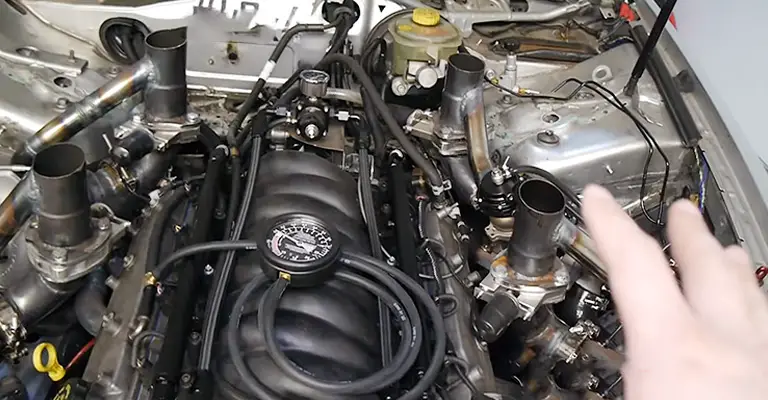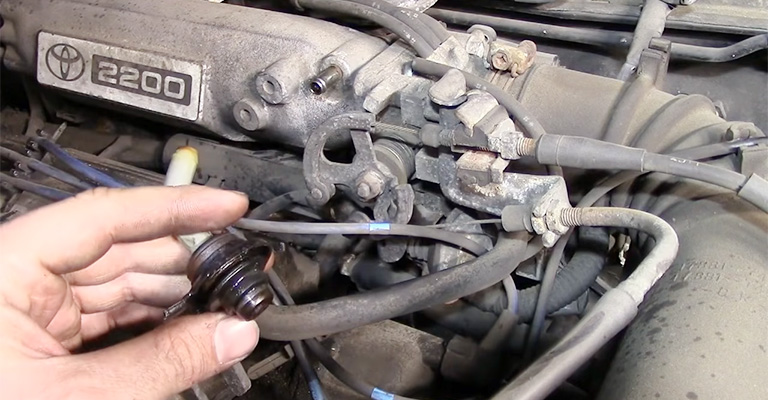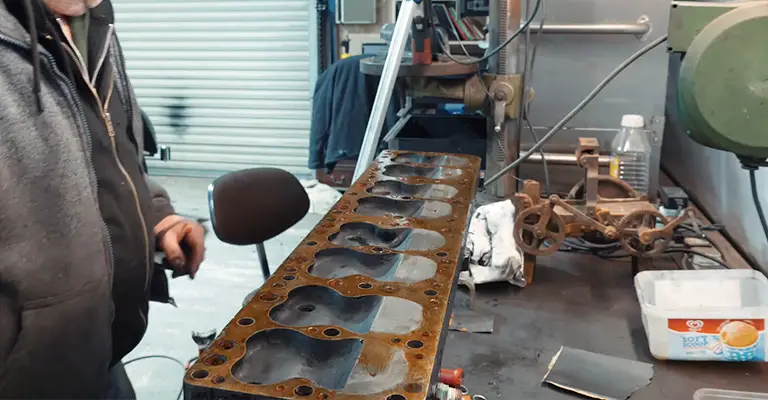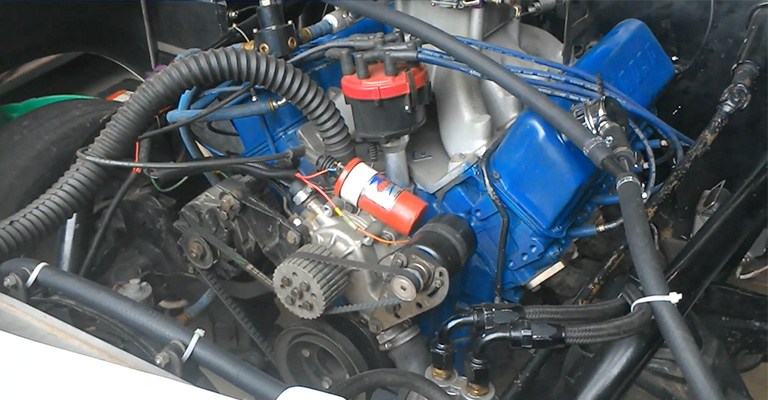Negative crankcase pressure creates a positive impact on a vehicle’s engine. But do you know what causes negative crankcase pressure? And is it actually bad or good?
Well, yes, it’s good! Mainly, the PCV valve creates a ventilation system to pass the unused gas inside the crankcase.
This unburnt gas goes through the PCV valves once it’s opened. Then, the engine burns this fuel again to produce power and run the vehicle. This way, the PCV valves lower the crankcase pressure and ensure optimum fuel use.
In this post, we will let you know all the causes of negative crankcase pressure and their impact on engine performance.

Reasons for Negative Crankcase Pressure
As said before, the Negative Crankcase pressure comes from the perfect PCV valve. But some other reasons are there that also lower the crankcase pressure.
Let’s see how they do that.
PCV System
Positive Crankcase Ventilation (PCV) system removes unused or unburnt fuel from the crankcase and puts it into the intake manifold.

Before that, a sound PCV system must maintain the airflow and pass through the intake manifold for further use.
If your engine has no PCV valve, it fails to use the unburnt fuel, and it’ll increase the fuel consumption rate. After a few weeks or months, you can see some extra fume and unburnt fuel from the exhaust.
In contrast, the sound PCV system draws the extra air and passes through the manifold quickly. This is how it maintains the crankcase pressure and lowers it eventually.
Sound Intake Manifold
The PCV system passes the unburnt air/fuel to the intake manifold. After that, the intake system will process this fume and create power.
That’s how the intake manifold plays a crucial role in maintaining the crankcase pressure.
Once your intake system gets damaged and fails to receive the unburnt fuel/fume from the PCV system, it will increase the pressure inside your crankcase.
But a sound intake manifold uses the unused fuel and passes it to the engine to produce further power. Thus, the sound intake system lowers the crankcase pressure.
Healthy Head-Gasket

The crankcase is the most significant part of any engine that holds PCV valves, head gaskets, cylinders, and other parts. Among them, the head gasket is crucial in increasing the crankcase pressure.
It’s responsible for sealing the combustion chamber and preventing oil leaks from the coolant system.
When the gasket fails to perform, your engine will produce unnecessary pressure and increase the temperature. Their impact might be on the crankcase to increase the pressure.
However, a healthy head-gasket helps the PCV system maintain the temperature and ensure negative pressure there.
Engine
Another reason for getting negative crankcase pressure is the engine itself. You may only think of the PCV system that maintains the temperature and controls everything, but the engine is a bigger part here.
Let’s say the engine is bad and fails to utilize the unburnt fuel properly. In that situation, a healthy head gasket and a sound PCV system can’t do anything to lower the crankcase pressure.
Only a performing engine can use the unburnt fumes and recycle them ideally.
If you ever find a weak engine that can’t produce enough power, you should repair or replace it first. Then, consider lowering the crankcase pressure or getting a negative pressure for superior engine performance.
Is Negative Crankcase Pressure Good or Bad?

Negative crankcase pressure is good, though it has some issues if the pressure is too low. That’s why we split this section to discuss them in detail.
Positive Sides
- Negative crankcase pressure ensures the best use of engine oil since it uses the unburnt fuel accordingly
- It positively impacts the crankcase’s health, as there’ll be no blow-by issues
- The negative crankcase pressure indicates a controlled temperature inside the engine
- It ensures fewer fumes through the exhaust manifold
- Increases the performance by 3% to 5% (increasing horsepower)
Negative Sides
- The only bad side of having too low or negative crankcase pressure is wearing rod bearings
Frequently Asked Questions
How to ensure negative crankcase pressure?
Good engine condition, a PCV system, and a perfect intake manifold can ensure a negative crankcase pressure. Here, the PCV system plays a crucial role in controlling the internal temperature & removing the fumes from the crankcase.
Is negative crankcase positive for engine performance?
Yes, the Negative crankcase is positive for engine performance. It passes the unburnt fuel to the intake manifold and uses that to increase the engine performance. Eventually, you’ll get 3-5 percent more horsepower.
What is a PCV system?
The PCV system is Positive Crankcase Ventilation. It consists of a one-way valve, a tube, and a vacuum source. This system ensures fresh air to the crankcase. This system is solely responsible for maintaining the crankcase temperature.
Do crankcase negative pressures damage the engine?
It’s not. But too low pressure might wear the rod bearings. That’s the only bad side of having negative pressures on the crankcase. Besides that, the Negative crankcase pressure has countless positive impacts on engine performance.
Closing Words
So what causes negative crankcase pressure?
The PCV valves, good intake manifold, a perfect head-gasket, and the engine are the main reasons for the negative crankcase.
And it’s a good thing for overall engine performance.
Mainly, the negative pressure increases the overall engine performance by up to 5%. And it also reduces the overall fuel cost since the unburnt oil goes through the manifold.
Thus, the negative crankcase pressure is good for the engine. If you’ve ever experienced high crankcase pressure, consider using a PCV system to get the negative pressure.
Leave a Reply